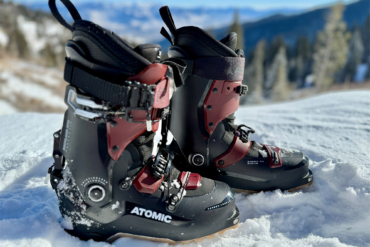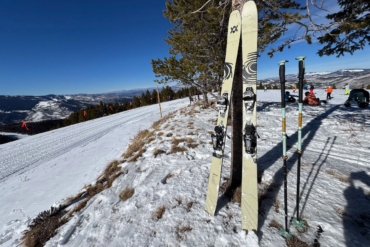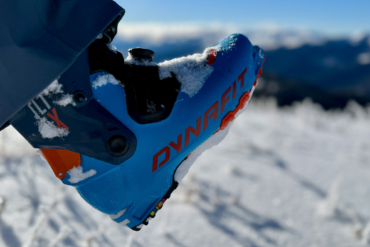If you’re heading to the backcountry to score some of Colorado’s early-season powder, be mindful. The season’s first avalanches have already ripped loose.
Colorado’s ski season is shaping up well for October. With storms dropping up to 10 inches over the weekend and another storm on the way Tuesday, the northern and central mountains are setting up for skiable backcountry conditions.
But even with a thin snowpack, it’s worth a quick reminder to stay safe out there. The Colorado Avalanche Information Center (CAIC) reported two avalanches in the past week, one in the Aspen zone and another in the Vail and Summit County region.
And while both were small slides (R1, D1), they could certainly ruin your ski season. With significant snow recently accumulated and in the forecast, now’s the time to refresh your avalanche safety skills and get into good habits for the season.
Avalanche Safety Essentials
Every skier in your backcountry party needs to carry a beacon, probe, and shovel. If you’re headed out for the first trip of the season, open your emergency kit at home!
Check your shovel and probe for wear and damage. Then, check your beacon for corrosion (you did remember to remove those batteries last season, right?). Buy some new alkaline batteries for your beacon and put a few in your avi kit for your buddy who forgot to change theirs.
Take some extra time at the trailhead to do a thorough beacon check and talk through avalanche safety procedures. Remember the adage for your beacon: “On at the car, off at the bar.”
Now, it’s time to blow the dust off those Avi 1 skills. Do you remember the acronyms ALPTRUTH and FACETS? See below just in case.
Colorado Avalanche Season Kicks Off
The CAIC reported that there is now enough snow for slides in some locations. According to the CAIC:
Last Tuesday (10/22), avalanche mitigation work near Loveland Pass yielded two avalanches. These avalanches weren’t large enough to bury a person but if you trigger a similar avalanches, getting taken for a rough ride over exposed obstacles is a strong possibility.
Then on Wednesday (10/23), also near Loveland Pass we had reports of deep shooting cracks on sheltered northerly slopes. Although north-facing sheltered slopes aren’t heavily wind loaded, like upper-elevation easterly slopes, there are weaker snow layers at the ground that can collapse with the weight of a rider.
And then overnight on Wednesday, a small natural avalanche released on an east-facing high-elevation slope near Independence Pass.
ALPTRUTH
ALPTRUTH will remind you of dangerous snow conditions (97 percent of avalanche accidents occur with at least three of the seven).
A: Avalanche. Have there been recent avalanches (within the last 48 hours)?
L: Loading by snow, wind, or rain in the last 48 hours?
P: Path. Is your line an obvious avalanche path? Does your ascent cross any avalanche paths?
T: Terrain trap. Avoid gullies, trees, cliffs or other terrain traps. Will a slide on your intended route carry you into these?
R: Rating. What’s today’s avalanche report? A rating of “considerable” or higher is a red flag here.
U: Unstable snow. Cracking, collapsing, and whoomping are clear signs of instability.
TH: Thaw. Warming due to sun, rain, and air temps can increase instability and avalanche risk.
FACETS
FACETS denotes heuristic traps that may lead to dangerous decision making.
F: Familiarity. This refers to a skier’s past experience in a familiar location.
A: Acceptance. This refers to people engaging in potentially dangerous lines to impress or fit in with a group.
C: Commitment or consistency. This is the propensity for people to follow through on pre-arranged decisions. This can happen due to long drives, travel, routes, etc.
E: Expert halo. One person in the group may exude confidence in a line or decision that overwhelms the rest of the group’s possible concerns or knowledge.
T: Tracks/scarcity. Seeing tracks on a face does not mean it’s safe to ski! Don’t let previous tracks lure you into a false sense of security, increasing risk acceptance due to great ski conditions or urgency to get on the snow.
S: Social facilitation. Group dynamics can, in some situations, create more danger due to societal pressures.








